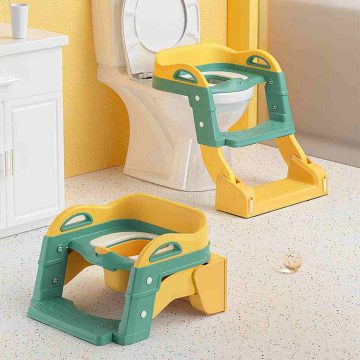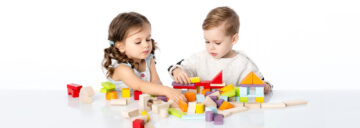
Although toys are frequently considered essential playthings, they have a much more profound impact on a child’s development than just amusing. The correct toys can foster various educational advantages that support mental, emotional, and social growth. Here, we’ll look at how giving kids toys can be a great teaching tool and support their general development.
1. Development of Cognition
Developing Your Problem-Solving Ability
Many toys are made to promote problem-solving and are readily available at the Online Toy Shop in Pakistan. Building blocks, construction sets, and puzzles push kids to use their critical thinking skills and come up with answers. For example, a kid can learn to recognize patterns, forms, and spatial relationships by working on a puzzle. The kind of activity this is encourages logical thinking, which is critical for success in the classroom.
Encouraging Imagination and Creativity
Toys with many possibilities, such as art tools, dolls, and action figures, foster imagination and creativity. We can purchase these types of toys from Online Toy stores in Pakistan. Youngsters can use role-playing to explore various circumstances, write stories, and communicate emotions. As children learn to express their ideas and feelings in a secure setting, imaginative play is critical in developing language abilities and emotional intelligence.
Promoting STEM Education
Mathematics, science, technology, and engineering (STEM)–themed toys can spark a kid’s interest in these subjects at a young age. In addition to offering children practical learning experiences, science experiment sets, robotics toys and building kits make complex topics accessible and entertaining for kids to grasp. Early exposure like this can help open doors for later academic endeavors in STEM.
2. The Development of Society
Promoting Collaboration and Unity
Children learn the value of cooperation from toys that demand cooperation, like board games or activities that foster group dynamics. Children acquire sharing, negotiating, and conflict resolution abilities through group play—skills essential for social interactions in and outside the classroom. These encounters improve children’s social competency as they learn empathy and understanding for others.
Developing Interaction Capabilities
Playing with toys frequently entails interacting with carers or classmates, which can significantly enhance a child’s communication abilities. Children improve their capacity to communicate, pick up new terminology, and practice listening when conversing during play. This development is particularly noticeable when kids play cooperative games or engage in imaginative play when the conversation is essential to the experience.

3. Development of Emotions
Increasing Self-Respect
Additionally, toys are crucial in helping a youngster develop self-esteem. Children feel accomplished when they solve a challenge, construct something, or make art. This gives children more self-assurance and motivates them to embark on new tasks in their play and other spheres of life.
Facilitating Emotional Communication
Certain toys like stuffed animals and dolls allow kids to communicate their feelings. Kids frequently transfer their emotions onto these playthings, employing them to maneuver through intricate sentiments or challenging circumstances. Through this type of play, kids may better regulate their emotions in real-world scenarios by exploring and understanding them in a secure environment.
4. Development of the Body
Improving Motor Abilities
Many toys are made to improve gross and fine motor abilities. Stacking blocks, handling tiny miniatures, and even playing with children’s balls and outdoor toys enhance physical agility and coordination. These abilities are essential for functions kids will face in school and daily life, like writing or playing sports.
Promoting Active Play
Active play toys, such as bicycles, ropes for jumping, or sports equipment, enhance physical health and general well-being and encourage physical activity. Children’s motor skills, balance, and cardiovascular health improve with active play, setting the stage for an active way of life as they age.
5. The Function of Learning Aids
All toys have the potential to be teaching tools, but some are made with specific milestones in development in mind. Interactive components, letters, numbers, and other learning-enhancing characteristics are standard in educational toys. To keep play exciting and productive, carers should consider toys that correspond to a kid’s interests and developmental stage.
In summary
Giving toys to kids has a wide range of educational advantages. Toys significantly impact a child’s overall development, helping to improve cognitive abilities, promote social relationships, and support physical and emotional growth. It is imperative for careers to value play and to select toys that promote learning and development with consideration. By doing this, we can provide kids with the resources they need to get by and inspire a lifetime love of learning via the pure joy of play.
In today’s fast-paced, technologically-driven society, we must remember the importance of play and its enormous ability to raise the next generation. Play-based learning is, after all, not only advantageous but necessary.
















